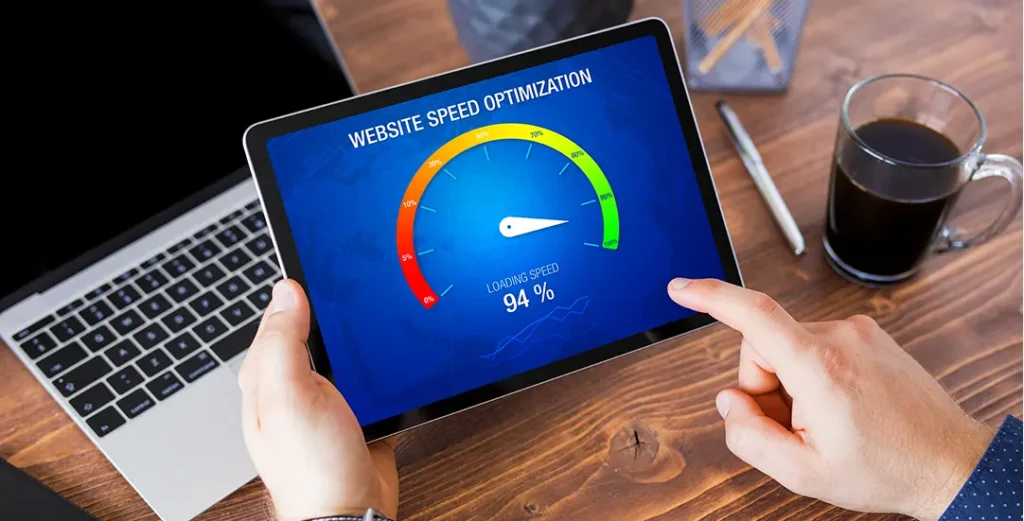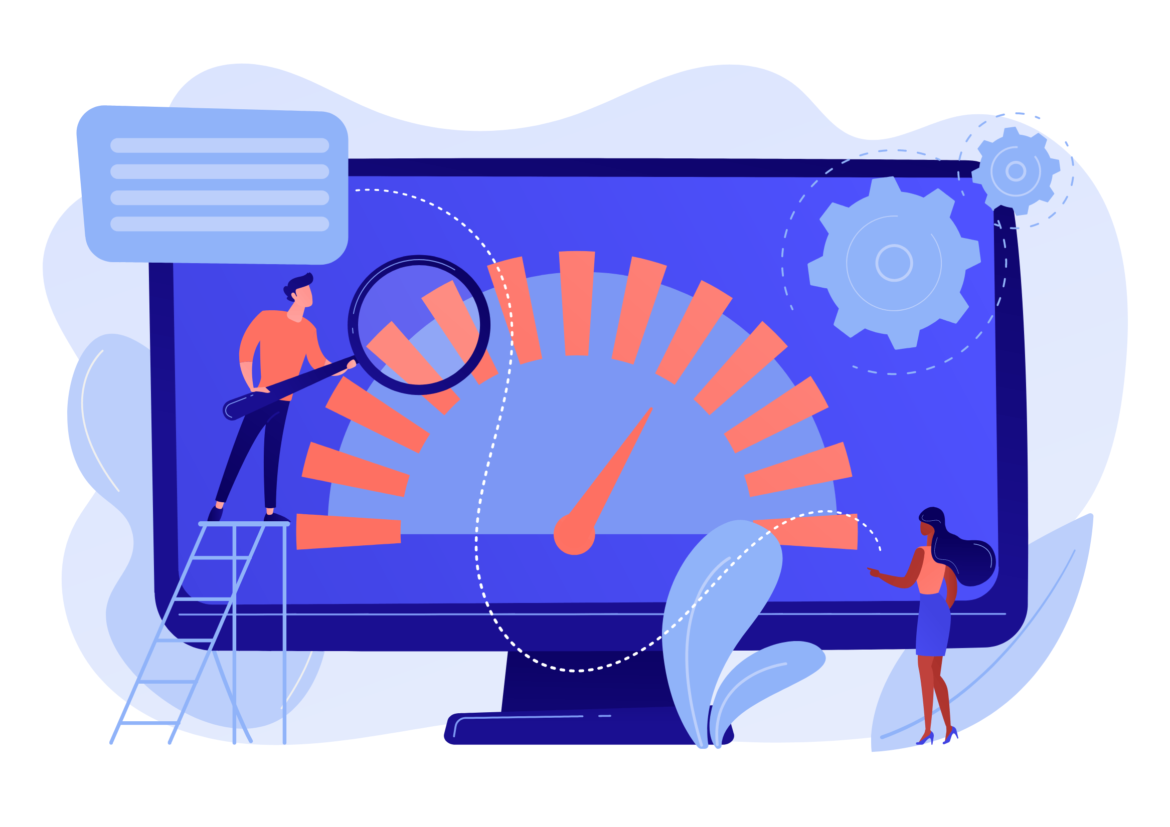In today’s fast-paced digital landscape, where instant gratification is the norm and attention spans are shrinking, the loading speed of your website can make or break its success. Users expect websites to load quickly and seamlessly, and any delays or interruptions can result in frustration, abandonment, and ultimately, loss of business. In this article, we’ll explore the significance of website loading speed and provide actionable tips on how to improve your site’s performance to deliver a faster and more satisfying user experience.
Why Website Loading Speed Matters
- User Experience: The loading speed of your website directly impacts user experience. Research has shown that users are more likely to abandon a website if it takes more than a few seconds to load. A slow-loading site frustrates visitors and undermines their trust in your brand, leading to a negative perception of your business.
- SEO Performance: Website loading speed is a crucial factor in search engine optimization (SEO). Search engines like Google consider page speed as one of the ranking factors, meaning that faster-loading websites are more likely to rank higher in search engine results pages (SERPs). By optimizing your site’s performance, you can improve its visibility and attract more organic traffic.
- Conversion Rates: Faster-loading websites tend to have higher conversion rates. Studies have shown that even a one-second delay in page load time can lead to a significant drop in conversions. By optimizing your site for speed, you can reduce bounce rates, increase engagement, and ultimately, drive more conversions and sales.
- Mobile Experience: With the increasing use of mobile devices for internet browsing, website loading speed is even more critical. Mobile users have less patience for slow-loading websites and are more likely to abandon them in favor of faster alternatives. By optimizing your site for mobile performance, you can ensure a seamless experience for users across all devices.
Tips to Improve Your Site’s Loading Speed

- Optimize Images: Images are often the largest elements on a webpage and can significantly impact loading times. Optimize images by compressing them without compromising quality, using the appropriate file formats (e.g., JPEG for photographs, PNG for graphics), and specifying dimensions to prevent unnecessary resizing.
- Minimize HTTP Requests: Reduce the number of HTTP requests required to load your webpage by combining and minifying CSS and JavaScript files. Consolidate multiple files into a single file wherever possible and remove any unnecessary scripts or stylesheets.
- Enable Browser Caching: Leverage browser caching to store static resources (e.g., images, CSS, JavaScript) locally on users’ devices, reducing the need to re-download them each time they visit your site. Set expiration dates for cached resources to control how long they are stored in the browser cache.
- Use Content Delivery Networks (CDNs): Content delivery networks distribute your website’s content across multiple servers located in different geographic regions. By serving content from the nearest server to the user, CDNs reduce latency and improve loading times, particularly for users located far from your hosting server.
- Optimize Server Response Time: Improve server response time by optimizing server configurations, reducing server-side processing, and implementing caching mechanisms. Choose a reliable hosting provider with fast servers and adequate resources to handle your website’s traffic and workload.
- Reduce Page Size: Minimize the size of your web pages by removing unnecessary elements, such as excessive plugins, widgets, and multimedia content. Streamline your HTML, CSS, and JavaScript code to eliminate bloat and improve rendering times.
- Implement Lazy Loading: Lazy loading is a technique that defers the loading of non-essential resources, such as images and videos, until they are needed. By loading content progressively as the user scrolls down the page, lazy loading reduces initial page load times and conserves bandwidth.
- Optimize Above-the-Fold Content: Prioritize loading above-the-fold content, i.e., the portion of the webpage that is visible without scrolling, to ensure a fast and responsive initial experience for users. Delay loading below-the-fold content or load it asynchronously to improve perceived performance.
In conclusion, website loading speed is a critical aspect of user experience, SEO performance, conversion rates, and overall success in today’s digital landscape. By prioritizing speed optimization and implementing best practices to improve your site’s performance, you can enhance user satisfaction, increase search engine visibility, boost conversions, and gain a competitive edge in your industry. Remember that every second counts, and even small improvements in loading times can have a significant impact on your website’s effectiveness and bottom line. Invest time and resources into optimizing your site for speed, and you’ll reap the rewards of a faster, more responsive, and more successful online presence.




